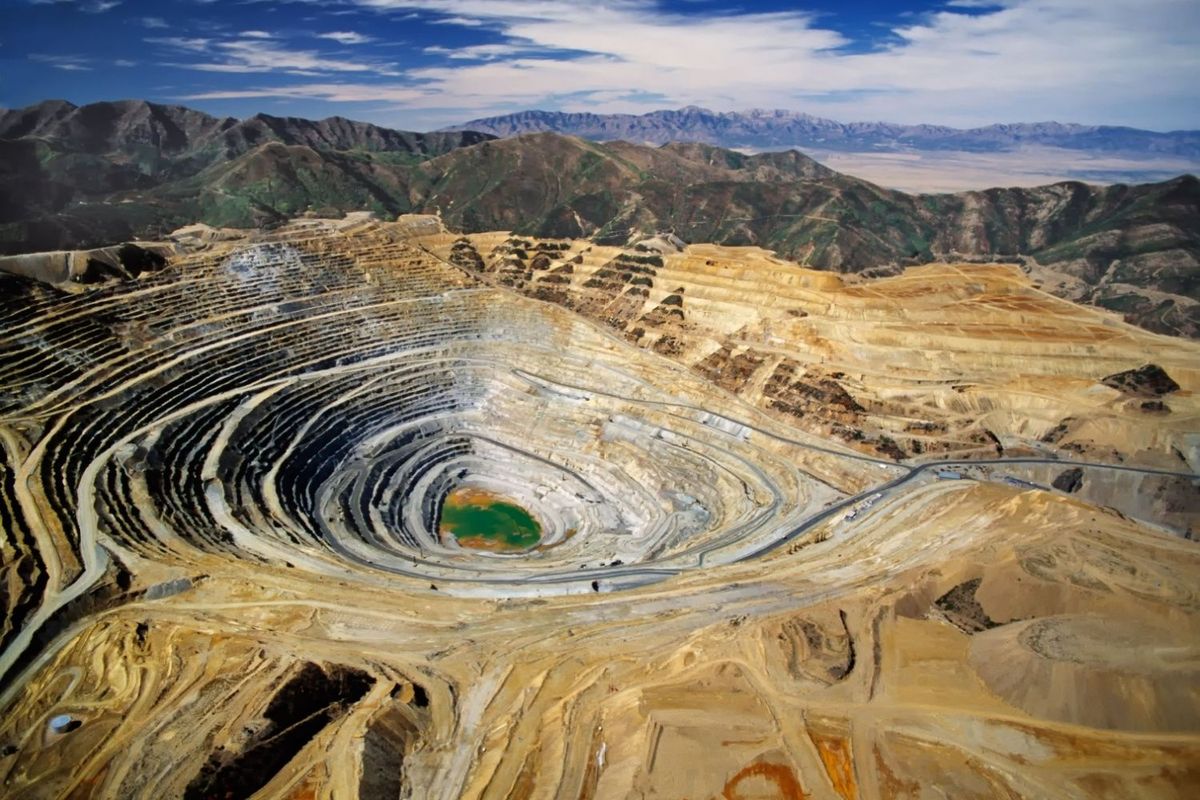Porphyry Copper Deposits – What Investors Need to Know
Porphyry copper deposits are among the world’s most valuable deposits. Here’s what investors should know about them.

Porphyry copper deposits are one of the most important sources of copper and molybdenum, and are also major sources of silver, gold and tin. In addition, porphyry deposits may host valuable by-products including platinum, palladium and tungsten.
Approximately 50 to 60 percent of the world’s copper, and 95 percent of molybdenum, comes from porphyry deposits. In the past, porphyry deposits were often overlooked with conventional drilling and assaying exploration methods due to their low grade.
Although the grade may be low, porphyry copper deposits typically contain hundreds of millions of metric tons of ore.
Grades for the different metals vary considerably, but they generally average less than 1 percent. In porphyry copper deposits, for example, copper grades range from 0.2 percent to more than 1 percent copper.
The metal content of porphyry deposits is diverse. For deposits with sub-economic grades and tonnages, subtypes are based on probable co-product and by-product metals, assuming that the deposits were economic.
Where porphyry copper deposits are found
The worldwide distribution of porphyry deposits is controlled by orogenic belts. Two types of orogenic belts are known to host porphyry deposits; those created along a subduction zone (where a continental and ocean plate meet) and those found along island arcs where two oceanic plates collide.
The porphyry deposits along the coast of South America, and North America are an example of porphyry deposits formed along a subduction zone. Those in the Philippines and Papua New Guinea are examples of island arc porphyry deposits.
Examples of porphyry copper deposits include Codelco’s Salvador mine and its giant Chuquicamata deposit in Chile, which is the world's second deepest open pit mine. The only one that's deeper is the Bingham copper porphyry mine in Utah, US operated by Rio Tinto’s (NYSE:RIO, ASX:RIO, LSE:RIO) subsidiary Kennecott.
Different types of porphyry copper deposits
In porphyry copper deposits, copper grades can range from 0.2 percent to more than one percent, while molybdenum grades can range from approximately 0.005 percent to 0.03 percent. Silver grades range from 0.004 to 0.35 grams per metric ton, and gold grades range from 0.2 to 5 grams per metric ton.
There are a limited amount of copper-porphyry deposits in the world. However, one prime example is Freeport McMoRan’s (NYSE:FCX) Grasberg mine in Indonesia, the largest gold mine and one of the largest copper mines in the world.
The future of porphyry copper deposits
Exploration companies are always in search of the next great copper porphyry deposit. Not only are these deposits an excellent source for copper, but as mentioned above, they often feature significant co- and by-products, which can help lower production costs. What’s more, porphyry deposits are amenable to open-pit mining, often a lower-cost method of resource extraction.
Related articles:
- Porphyry Deposits Showing Potential for Long-term Mining Operations
- Novel Exploration Techniques: Porphyry Copper Indicator Minerals
- Copper Porphyries: Are They the Key to the Electric Vehicle Boom?
- Blue Sky for a Red Metal: Copper Porphyry Deposits in British Columbia
- Copper Porphyry: One of the World’s Most Valuable Deposit Types
This is an updated version of an article originally published in 2011 by the Investing News Network.
Don’t forget to follow us @INN_Resource for real-time updates!
Securities Disclosure: I, Priscila Barrera, hold no direct investment interest in any company mentioned in this article.





